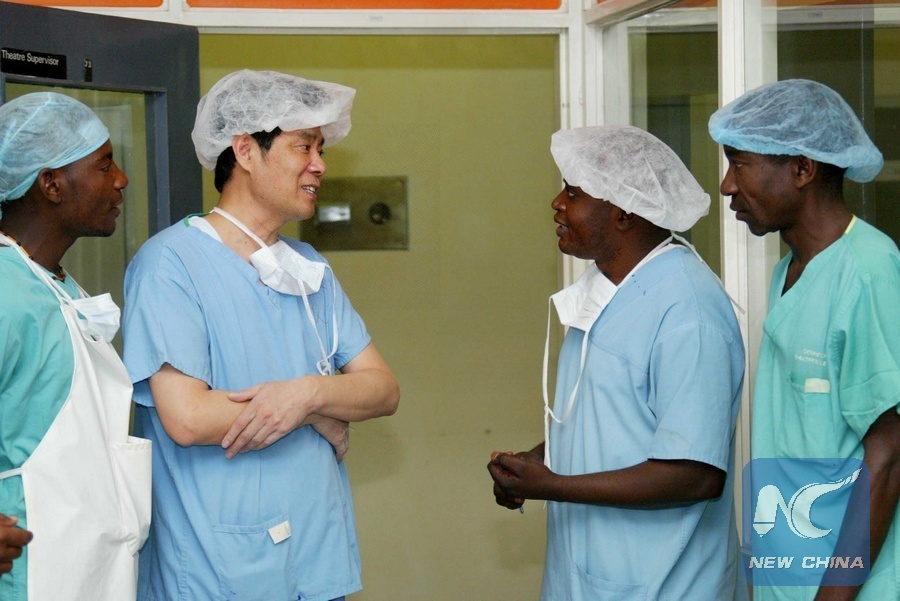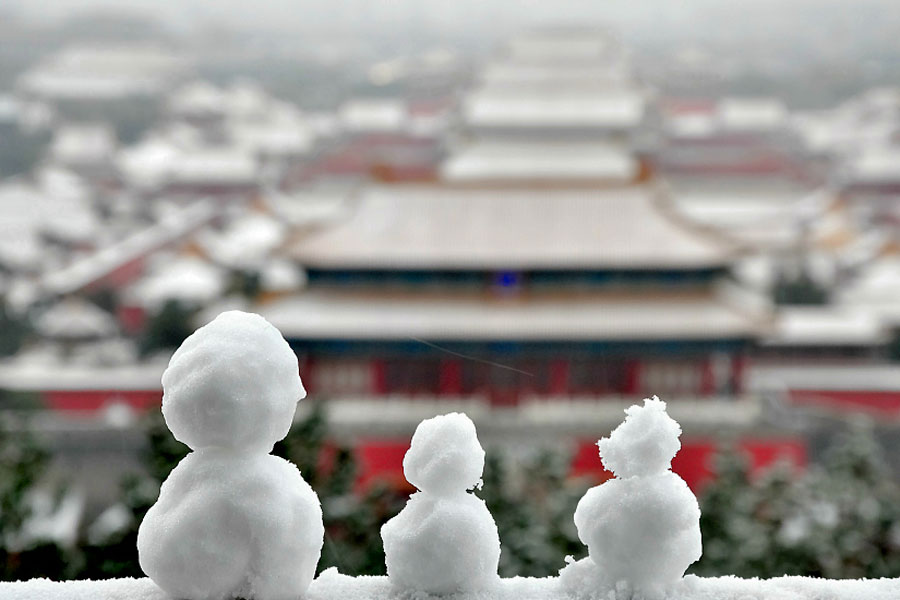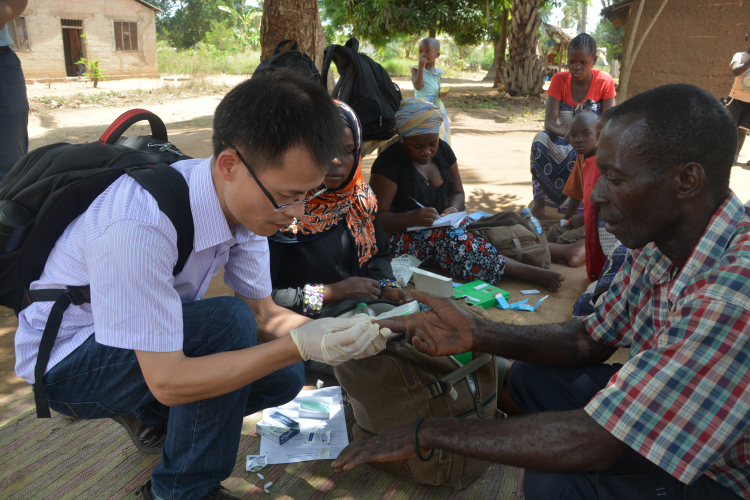Health under attack: China’s potential in strengthening multilateral humanitarian aid
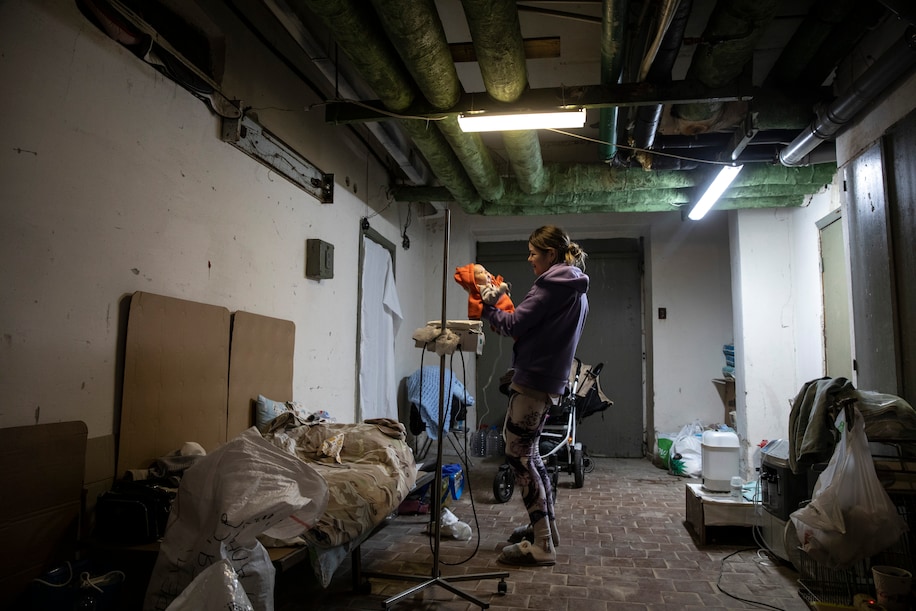
Underground shelter for sick children in Kiev, Ukraine (March 2022). Source: Washington Post
April 12, 2022 | By Alex Henderson, Senior Associate; Stefania Jiang, 2022 Spring Intern, Bridge Consulting
The ongoing Ukraine crisis has been continually making headlines, showing the devastation brought upon the lives of innocent civilians. Just recently the World Health Organization (WHO) recorded the 100th attack on health care services, leaving Dr. Hans Kluge, WHO Regional Director for Europe saying that “it is a truly sad irony that we are recording this milestone of over 100 attacks on health in Ukraine on World Health Day.” While it remains heartbreaking to continue seeing, this crisis has shed light on an often-ignored side of war, made even more notable now in the context of the pandemic – the convergence of armed conflict and public health.
The adverse effects of conflict on health have often led to the constant requirement for international humanitarian groups to intervene and provide various forms of lifesaving health supplies and medical services. However, multiple challenges faced by these groups have limited their ability to fulfill their intended goals, and have left them struggling to keep up with the health and humanitarian demands of the afflicted populations.
Looking at this, it is crucial to explore what can be done to strengthen the efforts of humanitarian groups and the multilateral system they operate within. Beyond financial and personnel shortages, what else do they require to make them more effective and avoid potential issues like miscoordination of aid?
Considering China’s emerging role and ambitions in international humanitarian cooperation, how can its aid model be adjusted to harmonize with other humanitarian models? Finally, what can Chinese civil society organizations (CSOs) do within their local sensitization campaigns to encourage for more international humanitarian efforts coming from China and complement the government’s role as a development partner? In trying to answer these questions, we foresee multiple avenues that China can explore to strengthen international humanitarian cooperation and mitigate the impacts of conflict on public health.
Impacts of conflicts on public health
It is a fact that all violent military operations, regardless of location and nature, have dire impacts on the spread of infectious and the worsening of non-infectious diseases. “War is an infectious disease’s best friend,” says Michael Osterholm, Director of the Center for Infectious Disease Research and Policy at the University of Minnesota. Infectious diseases are more acute and reach alarming levels during conflicts because of the degradation of water and sanitation infrastructure and disrupted vaccination coverage. The emergence of increased infectious diseases like measles, polio, tuberculosis (TB), human immunodeficiency virus (HIV), and diarrheal diseases pose severe risks to conflict-ravaged countries’ health systems and neighboring countries that receive refugees.
Given the ongoing pandemic, COVID-19 infections have multiplied rapidly among refugee communities because of overcrowding and inadequate access to masks, clean water, sanitation, and hygiene facilities. National vaccination plans are delayed due to disruptions from conflict, further hindering national and global immunization objectives.
Conflicts can also lead to a surge of illness and death from non-communicable diseases (NCDs) such as cardiovascular diseases, diabetes mellitus, and cancer due to disruption of care. Additionally, increases in mental health illnesses have become a severe and hazardous by-product of traumatic experiences during conflicts, affecting everyone with no distinction.
Lastly, during conflicts, local medical staff are forced to flee dangerous areas or are overburdened due to a surge in casualties. Health units are understaffed and face shortages in lifesaving and essential medicines, such as oxygen, insulin, personal protective equipment, surgical supplies, anesthetics, and safe blood products, further complicating the treatment of chronic or incoming patients in critical conditions.
In moments like this, international humanitarian interventions by the World Health Organization (WHO), the Red Cross Society, Médecins Sans Frontières (MSF), and through other means such as bilateral humanitarian aid are critical to mitigate the impacts of conflicts on damaged public health facilities and services.
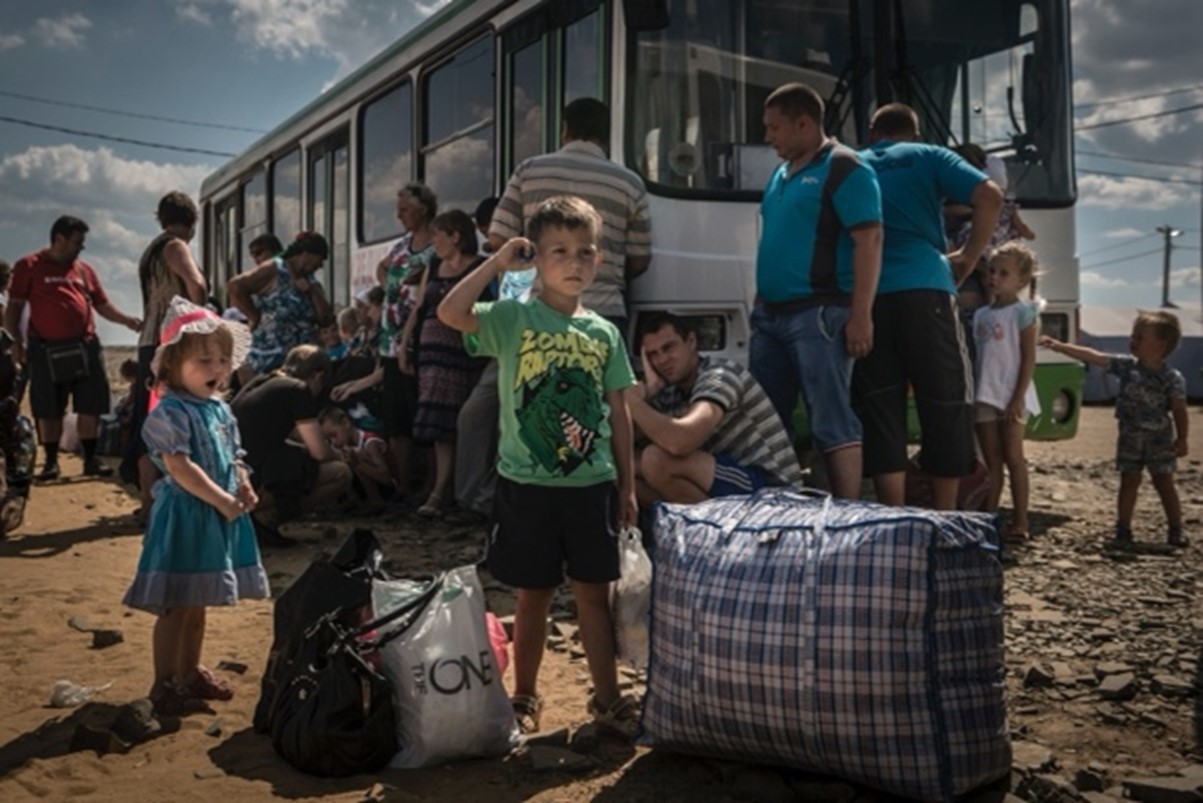
Refugees at a camp in Donetsk in eastern Ukraine (August 2015). Source: NYT
Humanitarian assistance from non-governmental organizations
In the past, it was customary for bilateral assistance to supersede other sources of humanitarian aid given that the concept of multilateral humanitarian action was still relatively new. But over the years, the WHO and other international non-governmental organizations (NGOs) have enhanced their global influence and coordinated various collective efforts to mobilize medical personnel, financial funds and critical supplies to support their missions in conflict regions.
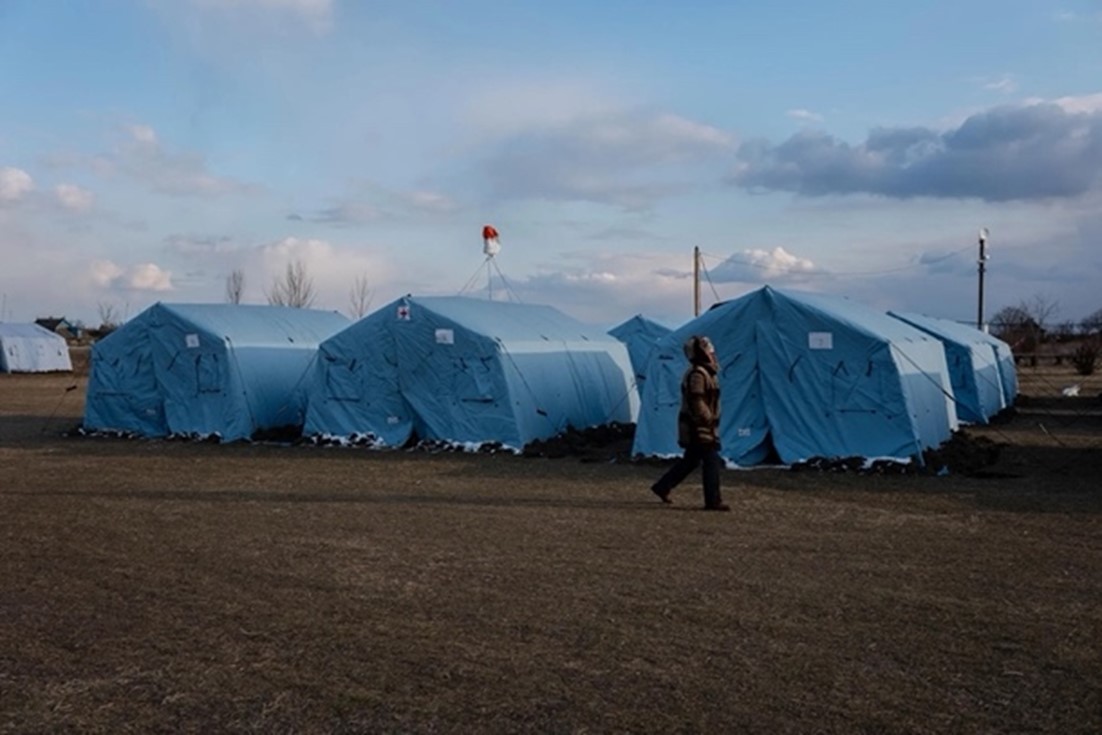
Refugee camps (March 2022). Source: MSF
In Ukraine for example, the WHO has been actively monitoring the situation and the potential outbreak of infectious diseases like COVID-19, TB, HIV, and polio, as the refugee crisis will indeed trigger a surge in contagion levels of contagious diseases. Part of its mandate also involves the treatment of patients with chronic illnesses and mental health issues by providing psychological support for patients experiencing stress, anxiety, and depression. On its side, MSF sent emergency medical supplies and 160m3 of materials to support the Ukrainian people. All the collected items were transported to local CSOs, which distributed them to the people who had to flee from Ukrainian cities and be directed to neighboring countries.
In Yemen, since the outbreak of the civil war in 2014, both the WHO and MSF have worked closely with local health authorities to safeguard the Yemeni health system on the verge of collapse. For instance, the WHO has been supporting local partners to deal with the cholera outbreak via laboratory and surveillance investigations, water sanitation, and planning of vaccination campaigns. MSF teams have been providing medical treatment, surgical interventions and have built new health facilities.
While such engagements are noble in cause, the reach of such humanitarian groups during conflicts is regrettably limited. Challenges faced regularly include political boundaries, lack of funding, inadequate resources, staffing or medical personnel shortages, and a lack of coordination between key stakeholders.
This is where increased political will, financial and technical support is required from major and emerging economies, including China. There is also the ever-growing necessity to strengthen multilateral cooperation and humanitarian frameworks, which are vital cornerstones to the missions of these organizations, especially in the context of safeguarding public health.
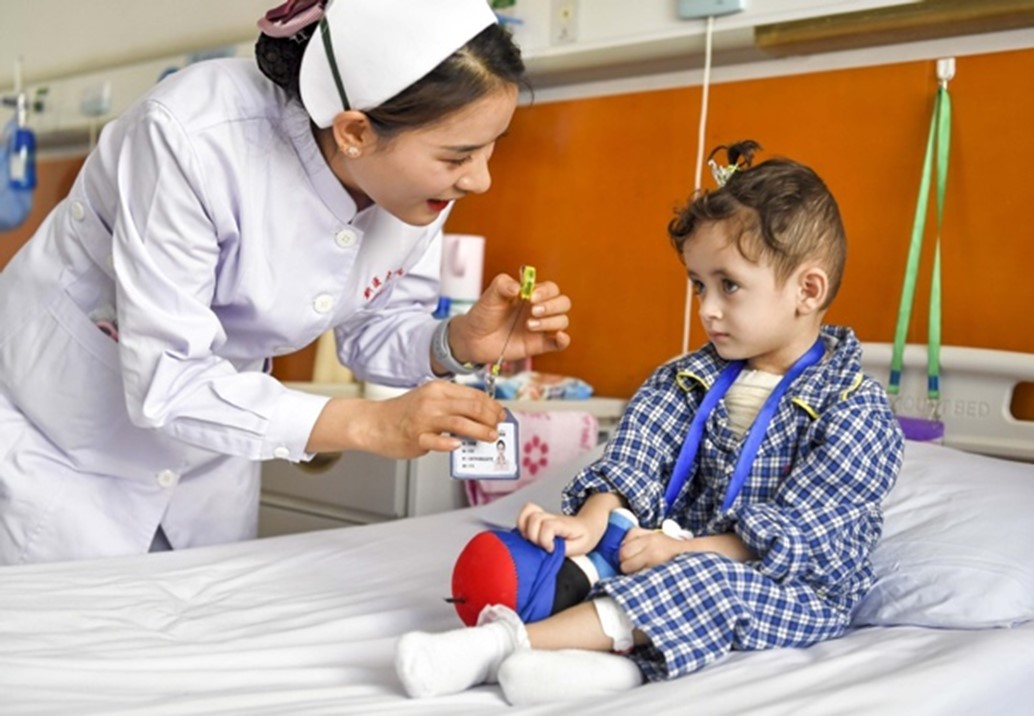
A Chinese nurse and child from Afghanistan at The First Affiliated Hospital of Xinjiang Medical University in Urumqi, Xinjiang Uygur autonomous region. Source: China Daily
China’s humanitarian assistance and intent to strengthen multilateral organizations
China’s growing work in this area has raised its profile as an emerging humanitarian aid contributor and played well into its ambitions of becoming an important humanitarian global partner. To name a few:
- In Ukraine, the China Red Cross Society provided humanitarian aid and supplies such as milk powder for children and quilts. More recently, the China Red Cross Society offered an additional CNY 10 million (USD 1.57 million) of humanitarian assistance (March 2022);
- The China Red Cross Society donated 131 tons of flour to Afghanistan (March 2022);
- China delivered humanitarian supplies to Somalia with 10,000 tents, 50,000 mosquito nets, 20,000 aid kits, and baby weight scales, stethoscopes, and thermometers (October 2021);
- China pledged to provide an additional 200 million yuan (about 29 million dollars) of humanitarian assistance for refugees and the displaced in Syria (August 2021);
- China announced a cash transfer of USD 1 million to Palestine as an emergency humanitarian aid in the ongoing Israel-Palestine conflict (May 2021);
- China announced a grant of CNY 150 million (USD 22.5 million) as relief assistance to Yemen, together with CNY 5 million (USD 750,000) to the UN World Food Program and CNY 2 million (USD 300,000) to the WHO to contain the spread of the cholera epidemic (July 2017).
Noticeably, between 2010 and 2019, China increased its financial contributions to numerous multilateral organizations with mandates that include alleviating the impacts of conflicts on public health, such as the WHO, the United Nations Office for the Coordination of Humanitarian Affairs (OCHA), and the UN High Commissioner for Refugees (UNHCR) – a contribution growth that was recorded as a 250% increase.
This transformation as an improved contributor in the funding of multilateral organizations has demonstrated China’s willingness to enhance its role and influence as an emerging donor country on the international stage. It also forms an integral part of China’s mission to build ‘a community of shared future for mankind.’
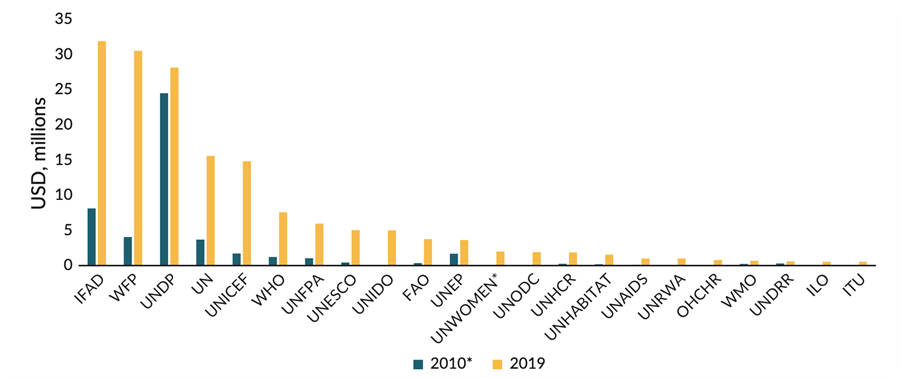
China increased its voluntary UN contributions by 250% (2010, 2019). Source: Center for Global Development
Bottlenecks and a vision moving forward
China’s current humanitarian assistance frameworks differ from traditional donors in three main ways:
- First, China has a preference to provide direct bilateral humanitarian aid over multilateral engagement. It predominantly coordinates directly with host governments rather than through the international humanitarian system;
- Second, China’s contributions are ad hoc and context-specific. While traditional donors have more predictable funding and policies for humanitarian aid, China’s humanitarian efforts focuses more on disaster response rather than complex crises (such as conflicts);
- Third, China does not have an established public humanitarian policy and hence does not make a clear distinction between humanitarian and development aid – i.e., emergency relief programs and long-term development projects. As a result, there is less data publicly available on China’s humanitarian aid compared to larger international donors, making China’s humanitarian operations opaque.
Altogether, these have often hindered China’s success rate in international humanitarian cooperation, as well as its coordination with other donors and recipients.
Of course, China’s bilateral provisions of lifesaving medical supplies and services to conflict regions have been beneficial to minimizing public health emergencies and helping disrupted supply chains. However, by elevating and synergizing its humanitarian model with that of other multilateral actors, China can extend its impactful reach into the coordinated missions of humanitarian groups. Moreover, it would avoid duplicative efforts when providing humanitarian assistance.
This relationship would also be mutually beneficial if China were to deepen its multilateral cooperation and support for humanitarian groups by using its roles at the UN Security Council and at other multilateral fora to advocate for, positively influence and strengthen these humanitarian organizations so that they can receive increased political, financial, and technical support in their missions. For example, how China has been influencing the international humanitarian agenda to promote more South-South Cooperation.
Beyond these proposed changes, it is important to flag that China’s charitable foundations and CSOs hold untapped potential that could be important for these international humanitarian groups engaged in providing health and medical aid in conflict zones and in complementing the government’s role as a development partner.
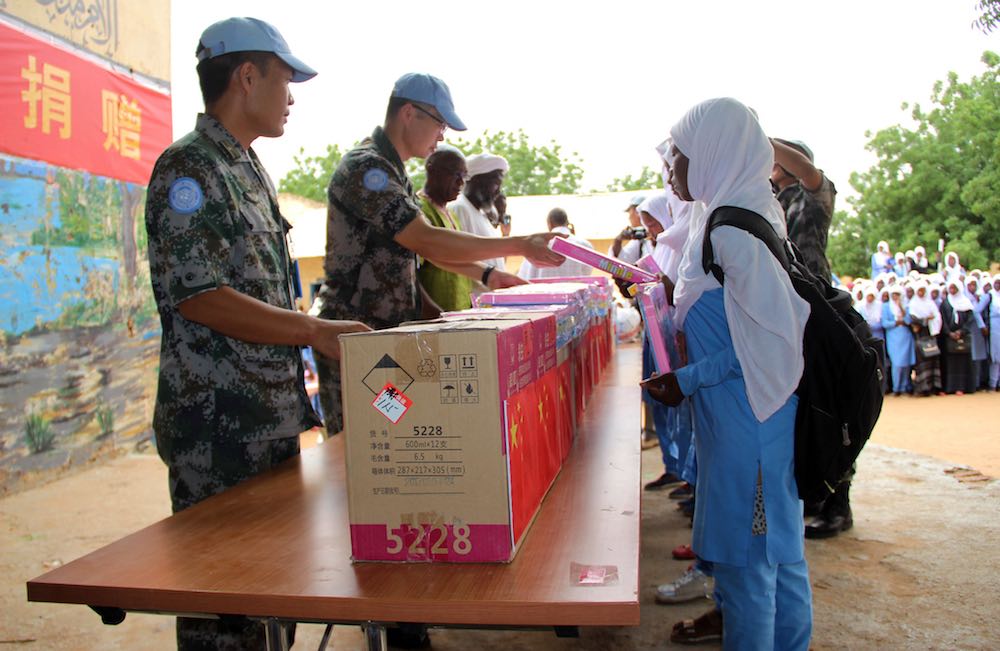
Chinese peacekeepers with the UN-African Union mission in Darfur, Sudan (July 2018). Source: Lowly Institute
When it comes to local humanitarian efforts dealing with emergency response, China’s expertise in emergency response and readiness by its local charitable foundations and CSOs to provide support to fellow citizens in need are truly remarkable. For instance, in the aftermath of the Wenchuan earthquake in Sichuan province in May 2008, and Zhengzhou flood in Henan province in July 2021. Yet, when it comes to international crises, there is great disparity within China in terms of how it is viewed and reactions to it (especially those involved in armed conflict).
Namely, it is difficult to win the people’s support for China giving development aid to other countries, because many support the argument that China is still a developing country with hundreds of millions of poor people that needs the assistance themselves. However, the developing contexts of both man-made and even natural disasters occurring in other countries do avail the opportunity for such local CSOs to engage and sensitize Chinese people to see this differently – from an international humanitarian perspective. This would also complement the government’s role and ambitions as a development partner.
In this way, when the interests of the public align to that of the country’s ambition to become an important humanitarian global partner, can the government, civil society and the private sector improve their work and coordination with international humanitarian groups. It is not necessarily about China having to ‘adapt’ to the international system and norms, rather, by highlighting the common goals through dialogue, communication and learning from each other’s best practices, can there be more fruitful relations, which will in turn benefit the strengthening of multilateral cooperation and international humanitarian efforts.
Undoubtedly, the ultimate solution to mitigating the impacts of armed conflicts on public health should be preventive in nature – to dissipate tensions before they erupt into full-scale chaos, which has adverse effects on public health. No matter where you stand, healthcare is a priority for everyone. At the end of the day, it is what makes us all equal, regardless of age, gender, nationality, or social-economic status. Therefore, health should never be a target. As reiterated by WHO Director-General Tedros Adhanom Ghebreyesus: “the only real solution to the situation is peace.“
About The Authors
Alex Henderson
Alex Henderson is a Senior Associate at Bridge. He has 9 years of experience in foreign affairs and international cooperation. He is passionate about enhancing positive relations and collaboration between stakeholders that seek to bring positive change into the world. Find Alex on LinkedIn.
Stefania Jiang
Stefania Jiang is a Research Analyst Intern at Bridge Consulting. With a background in International Relations at Tsinghua University, she aspires to connect China and the world through cross-cultural communication, digital storytelling and knowledge sharing. Find Stefania on LinkedIn.

